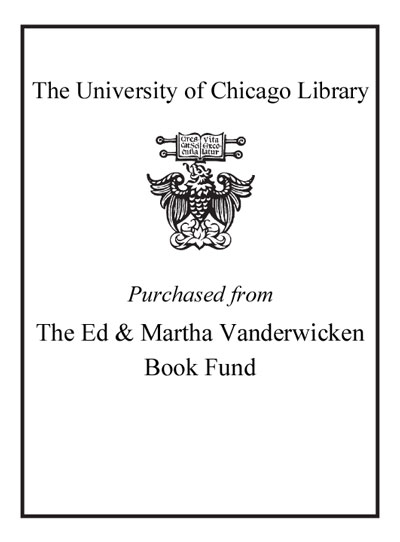Self-regulated learning /
Saved in:
| Imprint: | San Francisco, Calif. : Jossey-Bass Inc. ; Hoboken, N.J. : Wiley, c2011. |
|---|---|
| Description: | 130 p. : chart ; 23 cm. |
| Language: | English |
| Series: | New directions for teaching and learning, 0271-0633 ; no. 126 New directions for teaching and learning ; no. 126. |
| Subject: | |
| Format: | Print Book |
| URL for this record: | http://pi.lib.uchicago.edu/1001/cat/bib/8511787 |
Table of Contents:
- Foreword
- 1. Introduction: Self-Regulation of Learning in Postsecondary Education
- The chapter introduces this volume on self-regulation of learning and highlights the current trends on self-regulation presented by each of the authors.
- 2. Purpose of Engagement in Academic Self-Regulation
- This chapter argues that self-regulated learning is not a unitary construct, with students' different purposes of engagement in the task meaningfully distinguishing between different types of self-regulation.
- 3. Self-Regulation and Achievement Goals in the College Classroom
- This chapter links self-regulation of learning with achievement goal theory and offers practical tips to educators who struggle with disinterested learners.
- 4. Understanding and Facilitating Self-Regulated Help Seeking
- The authors describe interventions to develop the competencies and resources that facilitate student help seeking as an effective self-regulated learning strategy.
- 5. Self-Regulation and Learning Strategies
- This chapter reviews research on learning strategies, describes a model of strategic and self-regulated learning, and reports on instructional methods, interventions, and assessments that instructors can use to help students develop lifelong learning strategies they need to succeed in college.
- 6. Academic Delay of Gratification and Academic Achievement
- This chapter provides a review of research on delay of gratification and suggests ways in which educators can instill in students to delay gratification.
- 7. Resistance and Disidentification in Reflective Practice with Preservice Teaching Interns
- This chapter examines case studies to identify contextual factors in teacher education programs that promote or inhibit teaching interns' self-reflective practices.
- 8. Professional Development Needs and Practices Among Educators and School Psychologists
- This chapter summarizes research illustrating the importance and need for motivation and self-regulation professional development training for teachers and school psychologists across assessment, intervention, and instructional activities.
- 9. Transitioning from College Classroom to Teaching Career: Self-Regulation in Prospective Teachers
- This chapter explores how preservice teachers prepare for the transition from college classroom to career through assignments and features of the learning environment designed to approximate the demands of work settings and job-related tasks.
- 10. The Role of Web 2.0 Technologies in Self-Regulated Learning
- This chapter demonstrates how Web 2.0 technologies can be used to facilitate self-regulated learning in postsecondary education. The authors show how instructors can integrate social software into course design to promote students' self-regulation of learning.
- 11. Self-Regulation of Learning with Computer-Based Learning Environments
- This chapter outlines how self-regulated learning skills can facilitate learning with computer-based learning environments and how educators can diagnose and build on students' self-regulated learning ability.
- 12. New Directions for Self-Regulation of Learning in Postsecondary Education
- This chapter puts into context the major contributions of this volume on self-regulation of learning and provides new directions for its promotion in postsecondary education.
- Index

